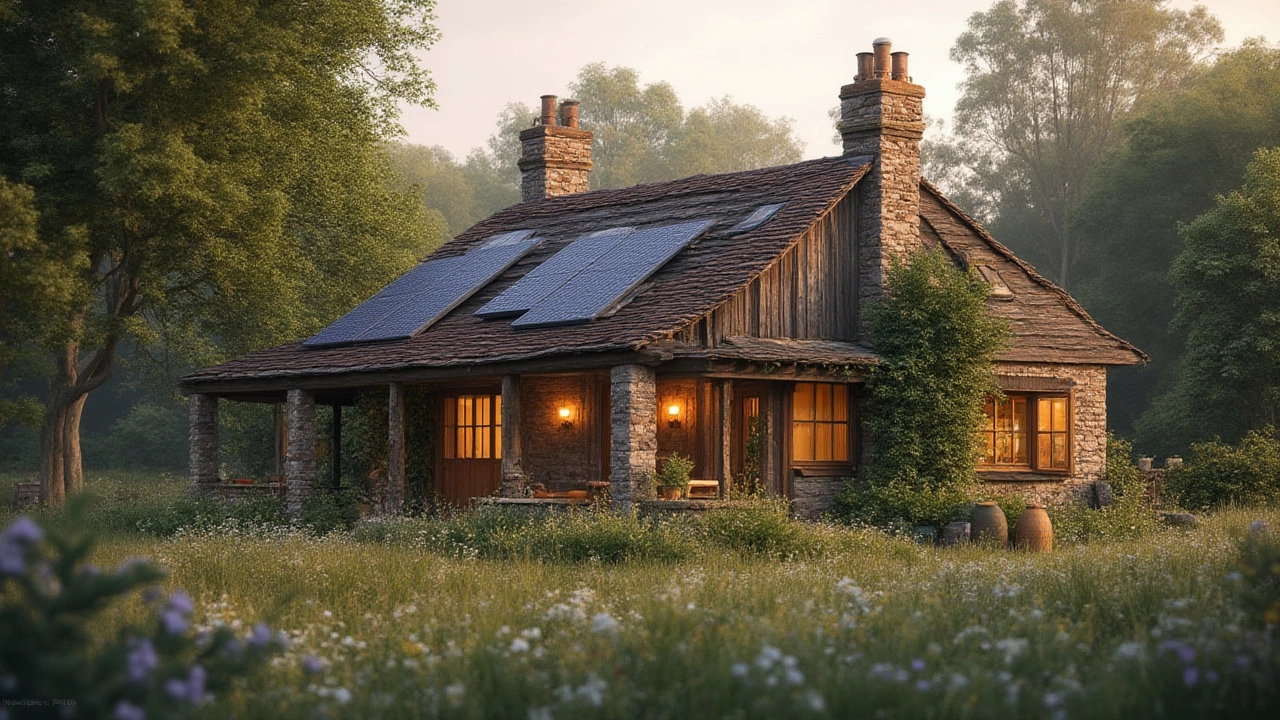Sustainable Construction: Practical Tips for Building Green in the UK
Thinking about a new build or renovation? You don’t have to choose between style and the planet. Sustainable construction means using smarter designs, greener materials, and smarter planning to cut carbon, save money and future‑proof your home.
Choosing Eco‑Friendly Materials
Not every brick or insulation is created equal. Materials like reclaimed timber, hempcrete, and recycled steel have a much lower carbon footprint than traditional concrete or virgin timber. Avoid products that are heavy on chemicals or use harmful production processes – look for certifications such as FSC (Forest Stewardship Council) or BREEAM.
One simple swap is insulation. Instead of petro‑based foam, consider cellulose, sheep’s wool, or wood‑fiber boards. They keep heat in, are breathable, and can be sourced locally, which cuts transport emissions. If you’re unsure, our post "What Building Materials Are Not Eco‑Friendly? Top Materials To Avoid" breaks down the worst offenders.
Planning & Regulations for Low‑Carbon Homes
The UK’s Future Homes Standard (FHS) will be mandatory for new builds from 2025. It pushes for zero‑carbon ready homes, meaning you’ll need to think about heat pumps, solar panels, and airtight construction early in the design phase. The post "Eco‑Friendly Home Limits in the UK (2025)" explains the key rules and typical costs.
Start with a solid energy model. Tools like SAP (Standard Assessment Procedure) let you see where heat loss is biggest, so you can target upgrades that give the biggest savings. Planning permission may require you to show how you’ll meet the FHS, so have your designer and engineer on board from day one.
Don’t forget the grid. Heat pumps need a reliable electricity supply, and pairing them with solar panels or a home battery makes the system cheaper to run. Many local authorities now offer incentives for low‑carbon installations – a quick call to your council can uncover grants you didn’t know existed.
Budgeting is another big piece. Green builds can cost more upfront, but the savings on energy bills usually pay back in 5‑10 years. Look for cost‑effective measures first – for example, adding a high‑performance window can cut heating demand without major structural changes.
Finally, think about the whole lifecycle. Choose durable finishes that won’t need frequent replacement, and design for easy maintenance. A home that lasts longer means fewer resources wasted over time.
In short, sustainable construction is about smart choices at every step: pick low‑impact materials, follow the new UK regulations, and plan for energy efficiency from the start. The result is a healthier home, lower bills, and a smaller carbon footprint – a win for you and the planet.
Best Eco-Friendly Building Materials for Sustainable Homes
Discover the most eco-friendly building materials for sustainable homes. Learn what makes a material green, get facts, tips, and real-life examples for eco-friendly cottages.
